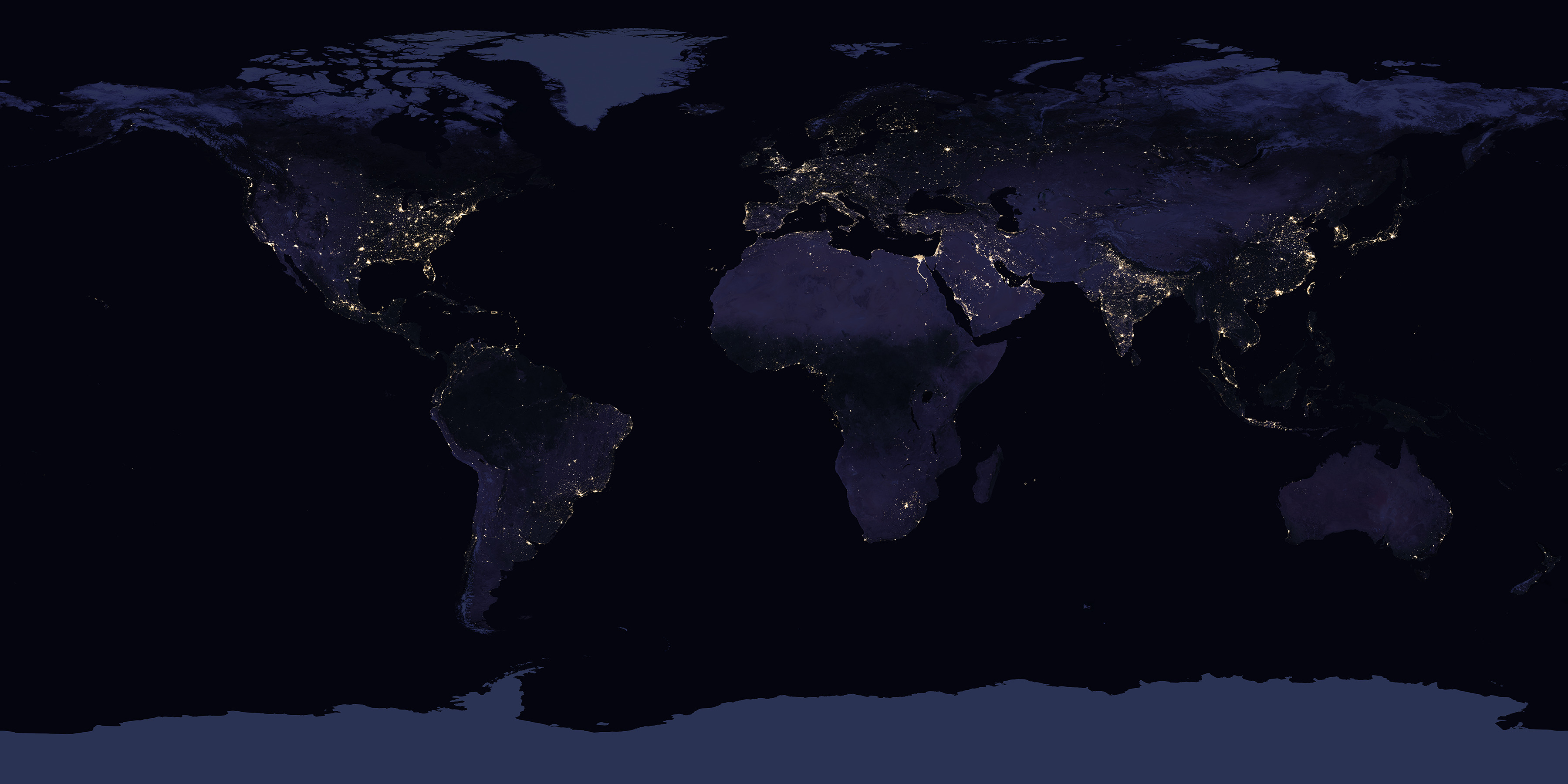Fading firefly numbers: you can help protect their population
Picture a perfect summer evening-- temperatures feel just right, the mosquitoes aren't biting, and tiny green flashes light up the fields and forrests. A summer night isn't complete without the intermittent light of fireflies.
Whether you call them fireflies or lightning bugs, these insects fascinate us with their lights. Not only fun to watch, these pulses of light are a way for the fireflies to communicate with each other. Bioluminescence is a chemical reaction inside the firefly that releases visible light. Usually this is in the green or yellow color which we see. Males flash while they are flying. Females see the flash and can choose to respond by flashing their own light. Usually females stay on the ground. Without the flashes, they cannot communicate. The lack of communication leads to fewer fireflies born each year.
According to the Indiana DNR, there are over 170 species of fireflies in the United States. Another fun fact? They aren't technically bugs or flies. They are actually a species of beetle.
Despite our fascination, and the fact that fireflies are the state insect of Indiana, humans are negatively impacting the firefly population. Have you noticed in recent years that the number of fireflies is getting smaller? Their population has been declining for two main reasons: light pollution and habitat reduction.
Fireflies usually live in areas like fields, marshes, and woods. When we clear these areas for new buildings and infrastructure, we give fireflies a smaller area to live.
Additionally, there are more unnatural lights at nighttime-- car headlights, streetlamps, city lights to name a few. While these are helpful for humans to see late at night, they make it difficult for fireflies to communicate. With added lights, they aren't able to see the flashes from other insects.
While this seems like sad news, there are some ways you can help protect the population.
This map from NASA Earth Observatory shows nighttime light pollution. It is especially problematic in parts of the United States. Simply turning off outdoor lights at nighttime, or closing your blinds to keep light inside at night, will help reduce this pollution.
You can also help fireflies by improving their habitat-- your backyard! Adding new trees or plants will help attract the insects. They prefer areas with taller grass and natural "litter." This litter can include fallen tree branches or rotting wood. Leaving these gives fireflies a place to live and will attract more of them to your yard.
Following these simple steps to eliminate night lights and improve habitat will help ensure we see fireflies and their light shows for future summers.


